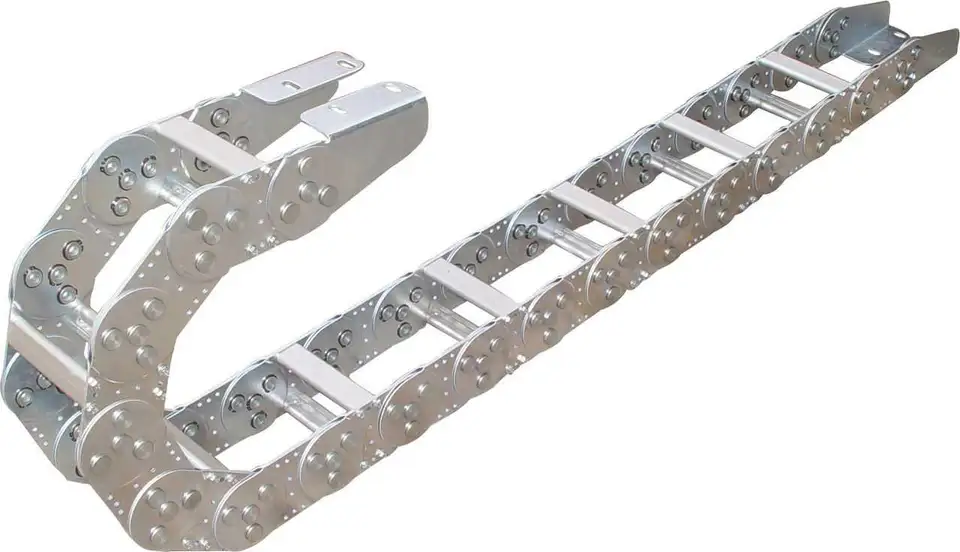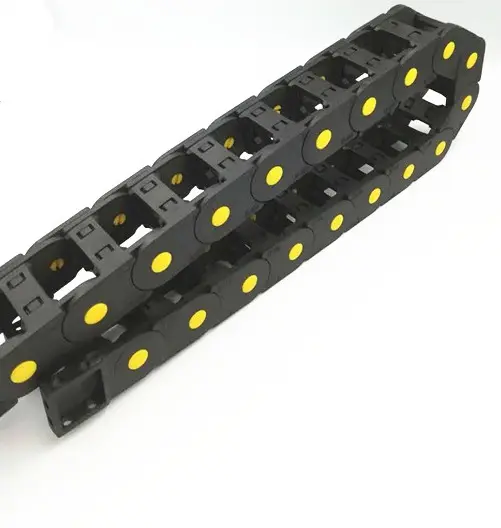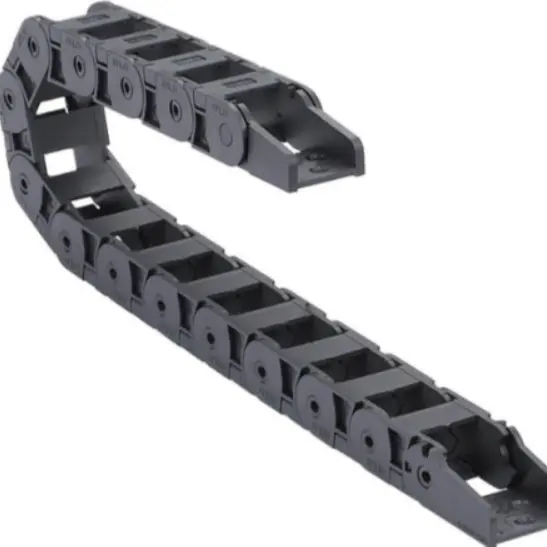Product Description
| Name | Hot Sale Alloy Steel Binder Transport Chain with Ring and Hook for Transmission |
| Material | Steel |
| Surface | Galvanized or Customized |
| Port | HangZhou in China |
| Sample | Sample is free of charge, freight covered by customer |
| Packing | Carton,Bag,Pallet Or Others |
| D/T | 30 days after order confirmation |
FAQ
>> 1.Are you a factory or a trading company?
We are a factory. We have been focused on forging nearly 30 years.
>> 2.How do you control your quality?
1: Design control
2:Incoming inspection
3:Dimensional control
4:Tensile tests
5:Quality inspection before delivery
| Usage: | Transmission Chain, Lifting Chain |
|---|---|
| Material: | Alloy |
| Surface Treatment: | Electroplating |
| Feature: | Heat Resistant |
| Chain Size: | 3/8" or 1/2" or Customized |
| Structure: | Welded Chain |
| Samples: |
US$ 0/Piece
1 Piece(Min.Order) | |
|---|
| Customization: |
Available
| Customized Request |
|---|

Can drag chains be used in the automotive and transportation sectors?
Yes, drag chains can be used in the automotive and transportation sectors for various applications that involve cable management and protection. In these industries, drag chains play a crucial role in ensuring the reliable and safe operation of cables, wires, and hoses used in vehicles and transportation systems.
In the automotive sector, drag chains are commonly used in modern vehicles, including cars, trucks, buses, and specialty vehicles. They are employed to organize and protect cables and hoses that control various systems such as engine components, sensors, lighting, and braking systems. Drag chains help prevent cables from getting tangled, pinched, or damaged during the vehicle’s movement, ensuring consistent and smooth operation of the electrical and mechanical systems.
In the transportation sector, drag chains are used in a wide range of applications, including trains, trams, subways, and other mass transit systems. They are used to manage and protect cables and hoses that control vital functions such as propulsion systems, doors, HVAC systems, communication systems, and more. Drag chains in these applications must be durable, reliable, and able to withstand the continuous movement and harsh environmental conditions experienced in transportation settings.
Drag chains used in the automotive and transportation sectors are designed to withstand various challenges, including high vibration, temperature fluctuations, exposure to dust and dirt, and continuous flexing during vehicle operation. They are typically made from materials such as plastic, metal, or hybrid materials to offer the necessary strength and flexibility required for the specific application.
Overall, drag chains are essential components in the automotive and transportation sectors, ensuring proper cable management, protecting cables from wear and damage, and contributing to the overall safety, efficiency, and reliability of vehicles and transportation systems.

Can drag chains be used in the mining and construction industries?
Yes, drag chains can be used in the mining and construction industries for various applications that involve the management and protection of cables and hoses. These industries often operate in rugged and harsh environments where heavy machinery and equipment are utilized. Drag chains, also known as cable carriers or energy chains, play a crucial role in cable and hose management, providing reliable protection and organization.
In the mining and construction sectors, drag chains are commonly used in the following ways:
- Cable and Hose Protection: Drag chains protect cables, hoses, and other vital components from abrasion, impact, and environmental factors. In mining and construction, where heavy equipment and materials are in constant motion, drag chains prevent damage to essential cables, ensuring continuous operation and reducing downtime.
- Heavy-Duty Applications: Drag chains are designed to handle heavy loads and dynamic movements, making them suitable for the robust and demanding nature of mining and construction equipment. They can withstand the stresses of continuous motion, vibrations, and exposure to dust, debris, and moisture.
- Long Travel Distances: In large-scale mining and construction operations, drag chains are used for long travel distances, such as in conveyor systems or in equipment with extended reach. They provide a reliable method of guiding and protecting cables and hoses over significant distances.
- Resistance to Harsh Environments: Drag chains are available in materials that offer high resistance to chemicals, UV radiation, and extreme temperatures, making them suitable for the challenging conditions often encountered in mining and construction sites.
- Customizable Solutions: Drag chains can be customized to accommodate specific cable and hose configurations, allowing for efficient cable management in complex machinery and equipment used in the mining and construction industries.
Overall, drag chains contribute to improved safety, reduced maintenance costs, and enhanced operational efficiency in the mining and construction sectors. By protecting cables and hoses from damage and maintaining organized routing, drag chains help ensure smooth and reliable operations of critical equipment.

What are the maintenance requirements for drag chains?
Drag chains, like any other mechanical components, require regular maintenance to ensure their optimal performance and longevity. Proper maintenance helps prevent unexpected breakdowns, reduces downtime, and extends the service life of the drag chain. Here are the key maintenance requirements:
1. Regular Cleaning:
Periodically clean the drag chains to remove dust, debris, and any accumulated contaminants. Cleaning can be done using compressed air, a soft brush, or a mild cleaning solution. Avoid using harsh chemicals that might damage the chain’s materials.
2. Lubrication:
Some drag chains may require lubrication to reduce friction and wear. Follow the manufacturer’s recommendations for the appropriate type and frequency of lubrication. Ensure that the lubricant used is compatible with the chain’s materials.
3. Inspection:
Regularly inspect the drag chains for signs of wear, damage, or misalignment. Look for any loose or damaged links, broken components, or signs of corrosion. Address any issues found during the inspection promptly.
4. Tension Adjustment:
If the drag chain is equipped with an adjustable tension mechanism, ensure that the tension is appropriately set to prevent sagging or excessive tension. Proper tension helps maintain the chain’s stability and prolongs its life.
5. Replacement of Worn Parts:
If any components of the drag chain are worn out or damaged beyond repair, replace them with genuine replacement parts from the manufacturer. Using non-original parts can compromise the chain’s performance and durability.
6. Environmental Considerations:
Take into account the operating environment when performing maintenance. For example, if the chain is used in a dusty or corrosive environment, more frequent cleaning and inspection may be necessary.
7. Operator Training:
Train operators and maintenance personnel on the proper use and care of drag chains. Ensure they understand the maintenance requirements and can identify early signs of issues.
8. Keep Records:
Maintain a maintenance log to track cleaning, lubrication, inspections, and any maintenance or repairs performed. This record can help identify trends or patterns that might require attention.
By following these maintenance requirements, users can ensure that their drag chains operate smoothly, protect cables or hoses effectively, and contribute to the overall efficiency and reliability of the equipment in which they are installed.


editor by CX 2023-08-09